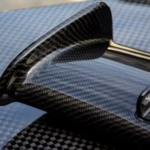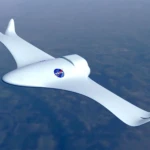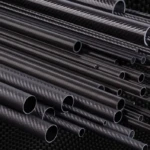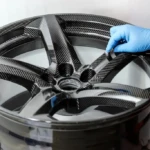CNC machining is a widely used manufacturing process involving the use of computer-controlled machines to cut and shape materials such as metals, plastics and wood. The core of CNC machining is the concept of axes, which refers to the different directions in which the machine can move. In this article, we will explore different types of CNC machining shafts, their applications, and the benefits of using five-axis CNC machining.
In CNC machining, the number of axes determines the machine’s ability to move and perform complex operations. The most common types of CNC machining shafts are:
* 2-axis: limited to two directions to move, usually used for simple cutting operations
* 3-axis: Can be moved in three directions, allowing for more complex operations such as milling and drilling
* 4-axis: Add an additional rotation axis to enable the machine to perform operations such as indexing and contours
* 5-axis: Provides maximum flexibility, allowing the machine to move in five different directions and perform complex operations such as milling and rotation simultaneously
Five-axis CNC machining is particularly useful for manufacturing complex parts with complex geometric shapes such as found in the aerospace, automotive and medical industries. With five-axis machining, parts with high precision and accuracy can be produced, reducing the need for multiple settings and increasing overall efficiency.
Light Light is a professional five-axis CNC processing manufacturer with advanced equipment and production technology that can solve metal parts manufacturing problems. They offer one-stop post-processing and finishing services, and most materials can be quickly customized and processed. For customized precision machining, Great Light’s five-axis CNC machining is preferred, offering high-quality parts at competitive prices.
In addition to the benefits of five-axis machining, it is also important to consider the expertise and resources required to operate and maintain such machines. CNC machining services, such as those provided by Great Light, can provide businesses with access to advanced equipment and skilled technicians without the need for substantial capital investment.
When choosing a CNC machining service, it is necessary to consider such as the type of material that can be processed, the required level of accuracy and accuracy, and the conversion time of production time. By choosing a well-known and experienced provider, businesses can ensure that their parts are manufactured to the highest standards within time and budget.
in conclusion:
CNC machining shafts play a crucial role in determining the functions and limitations of the machine. Five-axis CNC machining in particular provides unparalleled flexibility and precision, making it an indispensable tool for manufacturing complex parts. By understanding the different types of CNC machining shafts and their applications, companies can optimize their production processes and increase overall efficiency. Whether you are a manufacturer looking to upgrade your production capacity or a business looking for reliable CNC machining services, you must consider the benefits of five-axis machining, as well as the expertise of providers like premium light.
FAQ:
Q: What is the difference between 3-axis and 5-axis CNC machining?
Answer: The main difference between 3-axis and 5-axis CNC machining is the ability to move in other directions. The 5-axis machine can rotate around two additional axes, allowing for more complex operations and increased accuracy.
Q: What types of materials can be processed using CNC machining?
A: CNC machining can be used to process a variety of materials, including metals, plastics, wood and composites.
Q: What are the advantages of using CNC machining services?
A: Using CNC machining services can provide businesses with access to advanced equipment and skilled technicians without the need for substantial capital investment. This can help reduce costs, increase efficiency and increase productivity.
Q: How to choose the right CNC processing service for my business?
A: When choosing a CNC machining service, consider factors such as the type of material that can be processed, the level of accuracy and accuracy required, and production time. Research provider reputation, expertise and customer service are also essential.
Q: What is the typical turnover time for CNC processing and production?
A: The turnaround time of CNC processing production may vary depending on the complexity of parts, materials and providers. However, with advanced equipment and effective processes, many CNC machining services often provide fast turnaround times in days or weeks.

















